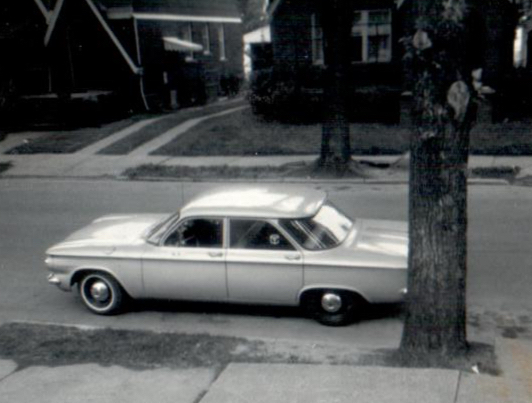
A recent article in Jalopnik reflected on an embarrassing moment experienced by the author while taking her driver’s test. Her reflection inspired a deluge of equally entertaining ‘learning to drive’ stories in the comment section. Like many who read the article, I took a moment to reflect upon my driver education experiences. Unlike the majority of my peers, I was not eager to get a driver’s license. Because my mother was a widow who never learned to drive, I was allowed to get a driver’s permit at 15 so that I could transport her to shopping, church, and anywhere she needed to go. The stipulation was that I could only drive if an adult was in the car with me. It was a strange condition considering that the adult – my mother – was an individual who had no idea how to start a car, let alone drive it. But those were the rules. And if I wanted to go anywhere, I had to take my non-driving mother along with me. So suffice it to say that my first year of driving was not a pleasurable one.
During the 1960s, driver’s ed was a course offered at many high schools. Since the high school I attended – located in downtown Detroit – did not have a driver’s ed program, I took the course the summer between my freshman and sophomore year at the local high school. I don’t remember much about it except that we drove Falcons with automatic transmissions. At the time, the ‘family’ car my brother drove – and I was to share – was a 1960 Corvair with a 3-on-the-floor manual transmission. If I wanted to drive it, I had to learn how to drive a stick shift. My very patient married brother – a Detroit police officer – volunteered to teach me. We spent many evenings after school at the Lutheran High West parking lot in my neighborhood going round and around as I ground the gears figuring out how to engage the clutch. A few school mates happened to see [or should I say hear] me there, and would make grinding sounds whenever they saw me walking down the halls. My married sister had a stick-shift station wagon, and when I went there to babysit, my brother-in-law provided driving lessons in exchange for taking care of the kids. By the time I took my driver’s test, I was pretty adept at shifting gears. Our next car was a 1964, three-on-the-tree Pontiac Tempest, which I adapted to pretty easily. As I grew older, I appreciated that I could drive a stick; it helped me focus on my driving, and it made getting behind the wheel more fun. It has also served as a source of surprise; even or perhaps especially today, few expect a woman to be able to drive a stick. But I enjoyed having a skill most others did not. So much so that nearly all of the cars I have owned in my 55 years of driving have had manual transmissions, including my two classic cars – a ‘49 Ford and 1967 Shelby Mustang.
When I turned 16, the adult-in-the-car restrictions were lifted, and I no longer had to take my mom with me whenever I wanted to go for a ride. It was my first taste of freedom, and the beginning of my understanding of what automobility makes possible. As a woman who came of age in the 1960s, that was no small thing. And it was this ‘driver’s education’, as well as many experiences that followed, that led me to focus my research on women and cars.